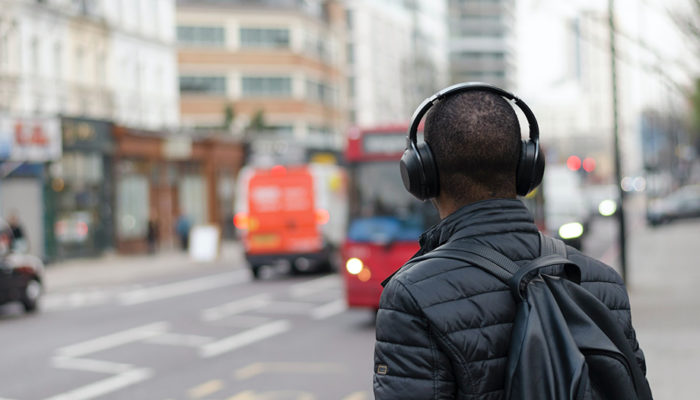The Vatican has just issued the following statement on the health of the Holy Father:
"The Holy Father's condition remains critical; however, he has not had another respiratory crisis since last night. He has been transfused with two units of red blood cell concentrates and his hemoglobin value has increased. His thrombocytopenia has remained stable; however, some blood tests show initial mild renal failure, which is now under control. He continues high-flow oxygen therapy through nasal cannulas.
The Holy Father continues to be vigilant and well oriented. The complexity The clinical picture, and the necessary wait for pharmacological therapies to produce results, mean that the prognosis remains guarded.
In the morning, in the apartment on the 10th floor, he attended Holy Mass, together with those who are taking care of him during these days of hospitalization".
In addition to this statement, the Press Office of the Holy See had indicated on its Telegram account that for Francis "the evening passed quietthe Pope rested".
The Church throughout the world prays for the health of Pope Francis.









